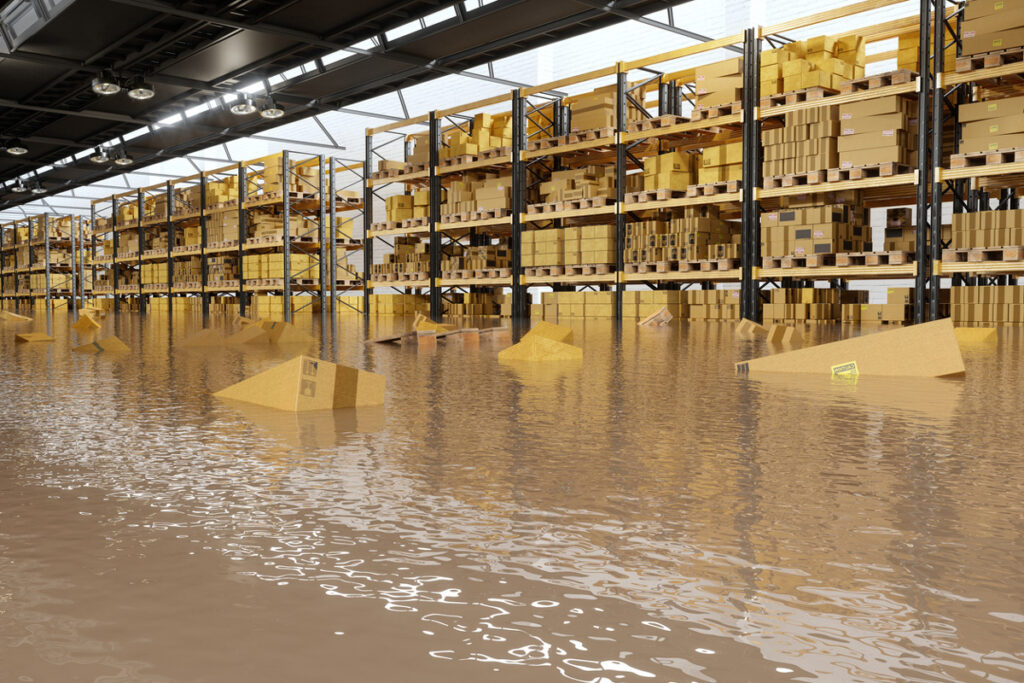
During the height of the COVID-19 pandemic, global supply chains broke down as factories around the world shuttered, including thousands that produce everything from automotive parts and hard disk drives to eyeglass lenses and air conditioners. Carmakers in Detroit shut down because they couldn’t get the parts they needed, and half of the world’s hard disk drive production stagnated, causing widespread shortages and stalling computer manufacturing lines.
When disasters like this occur, businesses around the globe feel the effects. However, supply chain interruptions can also result from events in the U.S. Fortunately, there is a way to deal with this. In addition to making advance arrangements for alternative suppliers, businesses can protect themselves by purchasing two types of insurance coverage: contingent business interruption and supply chain insurance.
Contingent Business Interruption
Contingent business interruption insurance pays for a business’s lost profit plus continuing expenses when it must slow or stop operations due to damage to another business’s property. For example, if a motorcycle dealership was left without bikes to sell because its supplier in Japan suffered a fire, the insurance would cover part of the lost income. The damage must result from a cause of loss covered by the insurance policy, such as fire, hurricane, or flood.
Supply Chain Coverage
Supply chain insurance takes contingent business interruption a step further. It covers income lost due to damage to a supplier’s or customer’s property. It also covers losses resulting from events that do not cause physical damage, such as those listed below.
Other Events That May Be Covered
- Labor disruptions
- Production process problems
- Trade disputes
- Wars
- Political turmoil
- Closed roads, bridges, railroads, and shipping channels
- Public health crises
- Actions by regulators
- Financial difficulties
Novel Coverages
Businesses often have different tiers of suppliers, with key suppliers in the top tier and less important ones in the lower tiers. It is common to insure only the top tier. However, insurers are increasingly offering multi-tier coverage, which applies to the business’s entire supply chain. Multi-tier coverage provides a more comprehensive solution for the business while spreading out the insurer’s risk.
Some insurers offer options, such as letting policyholders choose between measuring losses in terms of gross earnings or the number of units from the supplier. Others offer agreed-value coverage, which eliminates penalties for buying less insurance than the value at risk.
Businesses should identify where they are vulnerable to supply chain losses and develop back-up plans for unexpected disruptions. These plans could include reserves of necessary supplies and contracts with alternative suppliers.
If you would like to know more about business interruption insurance, don’t hesitate to contact us.
